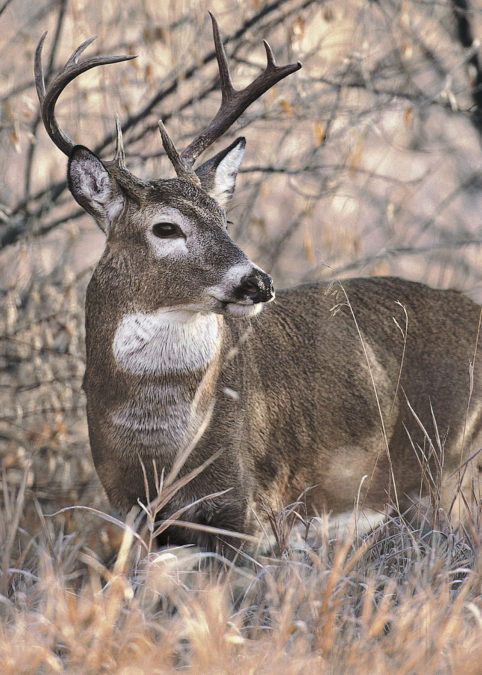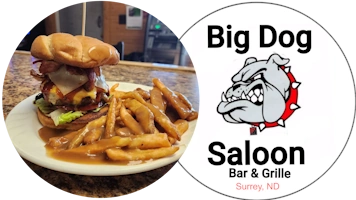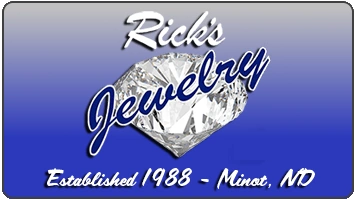It was a hot August Saturday and I was at the pool with the kids. It was even too hot to fish?
Ironically the conversation turned from water and fish to big game during the dog days of summer. My friend was looking at a possible trip to Wyoming or Montana, and even planning years down the road there’s no shortage of needed information.
Chronic wasting disease wasn’t necessarily at the top of his information needs, but it is something hunters from North Dakota need to factor in when travelling to many other states for big game hunting, both for early archery trips, and later on for firearms seasons.
For a decade, North Dakota hunters travelling out of state to hunt big game have had to cross-check where they were hunting to determine if it was an area where CWD had been detected. If so, those areas were included in the governor’s proclamation that prohibits transportation of whole big game carcasses back into North Dakota if they were taken in areas where CWD existed.
No problem hunting those areas or bringing back boned-out meat, but the state no longer allowed transport of the head and spinal column of deer, elk or moose, because of the potential for CWD to be transported into the state.
Then during North Dakota’s 2009 deer season, a hunter shot a mule deer in Sioux County (unit 3F2) that was later confirmed to have CWD. That set into motion some transportation rules for deer taken in that part of the state as well
With deer archery season opening Sept. 4, some hunters will be headed to the southwestern part of the state, so it’s a good time for a recap of those the regulations.
Hunters are prohibited from transporting into North Dakota the whole carcass, or certain carcass parts, of deer, elk, moose or other members of the cervid family from areas within states and provinces with documented occurrences of CWD in wild populations, or from farmed cervid operations within states and provinces that have had farmed cervids diagnosed with CWD. Only the following portions of the carcass can be transported:
- Meat that is cut and wrapped either commercially or privately.
- Quarters or other portions of meat with no part of the spinal column or head attached.
- Meat that has been boned out.
- Hides with no heads attached.
- Clean (no meat or tissue attached) skull plates with antlers attached.
- Antlers with no meat or tissue attached.
- Upper canine teeth, also known as buglers, whistlers or ivories.
- Finished taxidermy heads.
Hunters harvesting a big game animal this fall in North Dakota deer unit 3F2 cannot transport a carcass containing the head and spinal column outside of the unit, unless it’s taken directly to a meat processor. If the deer is processed in the field to boned meat, and the hunter wants to leave the head in the field, the head must be legally tagged and the hunter must be able to return to or give the exact location of the head if requested for verification.
As an additional precaution against the possible spread of CWD, hunting big game over bait is prohibited on all public and private lands in deer units 3C west of the Missouri River, 3E1, 3E2, 3F1 and 3F2. Hunters should refer to the 2015-16 CWD proclamation on the Game and Fish Department’s website, gf.nd.gov, for game management units, equivalent wildlife management units, or counties in other states that have had free-ranging deer, moose or elk diagnosed with CWD.



